Introduction
In the past two decades, social media has evolved from a novelty into a necessity for billions of people. Platforms like Instagram, Facebook, Twitter (X), TikTok, and LinkedIn connect friends, spread ideas, and even shape global politics. But alongside these benefits lies a growing concern: how does social media affect our mental health? The relationship is complex. On one hand, online platforms provide community and support. On the other, they can trigger anxiety, loneliness, and addiction. Understanding this hidden connection is essential for healthier digital lives.
The Positive Side of Social Media
Despite criticism, social media can strengthen mental well-being in several ways:
-
Community and Belonging
People dealing with loneliness, chronic illness, or social isolation can find communities that understand their struggles. For example, online support groups for depression, anxiety, or rare health conditions help individuals feel less alone. -
Mental Health Awareness
Campaigns like #BellLetsTalk or #EndTheStigma encourage open discussions about mental health, reducing shame and promoting help-seeking behavior. -
Access to Resources
Psychologists, wellness coaches, and organizations share coping strategies, mindfulness exercises, and crisis hotline numbers through social platforms, making help accessible worldwide. -
Creative Expression
Posting art, music, or personal stories provides emotional release and can boost self-esteem through supportive feedback.
These examples show that social media can empower users—if used mindfully.
The Darker Side: Risks to Mental Health
Unfortunately, the same platforms that offer support can also cause harm:
-
Comparison and Self-Esteem
Scrolling through curated highlight reels often sparks feelings of inadequacy. Studies show that Instagram, in particular, is linked to body image issues among teens and young adults. -
Fear of Missing Out (FOMO)
Seeing others attend parties, travel, or succeed professionally can create anxiety and dissatisfaction with one’s own life. -
Addiction and Sleep Problems
The endless scroll is designed to keep users hooked. Excessive usage disrupts sleep patterns and contributes to fatigue and irritability. -
Cyberbullying and Harassment
Online anonymity emboldens bullies. Victims often face emotional trauma, which can lead to depression or even suicidal thoughts. -
Information Overload
Constant exposure to bad news—especially during crises like the pandemic—can trigger stress, helplessness, or “doomscrolling” habits.
Why Social Media Affects Us So Strongly
The connection between social media and mental health isn’t accidental—it’s wired into our brains. Platforms use algorithms that exploit the brain’s reward system. Every like, comment, or share gives a dopamine hit, reinforcing the urge to check again. Over time, this cycle mirrors behavioral addiction.
Additionally, algorithms curate feeds that show what we “want” to see, trapping us in echo chambers. While this keeps us engaged, it can also magnify negative emotions or reinforce unhealthy behaviors.
Who Is Most Vulnerable?
-
Teenagers and Young Adults: Their identities are still forming, making them highly sensitive to comparison and peer validation.
-
People with Pre-existing Mental Health Issues: Social media can intensify anxiety, depression, or compulsive behaviors.
-
Women and Girls: Studies suggest higher exposure to body image pressures online.
-
Heavy Users: Those spending more than 3–4 hours daily on social media are more likely to report negative mental health outcomes.
Striking a Balance: Healthy Social Media Use
The solution isn’t abandoning social media but learning to use it wisely. Here are strategies to protect mental health:
-
Set Time Limits
Use built-in digital wellness tools to track and restrict daily usage. Aiming for under 2 hours a day significantly reduces risk. -
Curate Your Feed
Follow accounts that inspire positivity, education, or creativity. Unfollow those that spark negativity or comparison. -
Practice Digital Detox
Take one day a week off from social media. Use that time for offline activities like reading, exercise, or meeting friends face-to-face. -
Engage, Don’t Just Scroll
Passive scrolling is linked to worse mental health. Actively commenting, creating, or messaging fosters meaningful interactions. -
Protect Your Sleep
Avoid screens at least an hour before bed. Blue light and mental stimulation delay rest and lower sleep quality.
The Role of Parents, Schools, and Employers
-
Parents should guide children in responsible online behavior, not just restrict it. Conversations about body image, bullying, and screen-time help kids build resilience.
-
Schools can integrate digital literacy into curricula, teaching students to recognize fake news, cyberbullying, and unhealthy patterns.
-
Employers can encourage mindful social media breaks and mental health resources for employees in high-stress digital jobs.
Looking Ahead: Social Media and Mental Health in the Future
With AI and virtual reality integrating into social platforms, the line between digital and real life will blur further. While these innovations bring exciting opportunities for connection, they could also intensify risks. That’s why designing healthier algorithms, regulating harmful content, and promoting digital well-being must become priorities for governments, companies, and users alike.
Conclusion
The link between social media and mental health is undeniable, but it is not entirely negative. Social platforms can provide connection, inspiration, and awareness, but they can also fuel anxiety, depression, and loneliness. The key lies in conscious usage. By setting boundaries, curating feeds, and fostering digital literacy, individuals can reclaim control over their mental health while still enjoying the benefits of online connection.
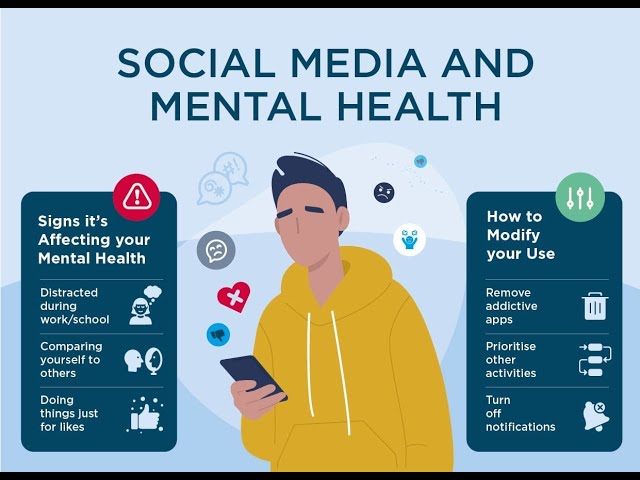
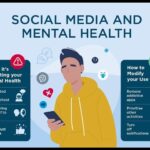


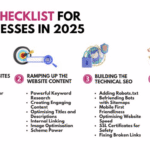
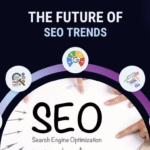
Leave a Reply